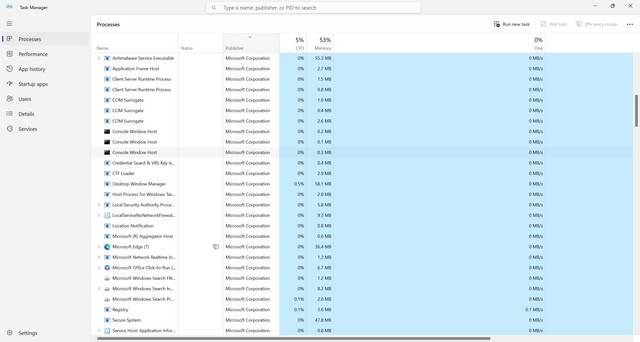If you have ever used a VPN service to access geo-restricted content, you might have come across Hola VPN. Hola VPN is a popular free VPN service that claims to offer fast and secure browsing. However, some users have reported finding a suspicious file named Hola-Browser-Setup-Inst.exe on their computers after installing Hola VPN. What is this file and should you remove it? In this blog post, we will answer these questions and provide some tips on how to protect your privacy and security online.

What is Hola-Browser-Setup-Inst.exe?
Hola-Browser-Setup-Inst.exe is an executable file that belongs to Hola VPN. It is part of the installation process of Hola VPN and it is responsible for setting up the Hola browser extension on your default web browser. The file is usually located in the C:\Users{username}\AppData\Local\Temp folder and has a size of about 1.5 MB.
Is Hola-Browser-Setup-Inst.exe Malware?
Hola-Browser-Setup-Inst.exe is not technically malware, but it is not a trustworthy file either. There are several reasons why you should be wary of Hola VPN and its related files, such as:
- Hola VPN is not a true VPN service, but a peer-to-peer network that uses your bandwidth and IP address to route other users’ traffic through your device. This means that you are essentially sharing your internet connection with strangers, which can expose you to various risks, such as identity theft, hacking, malware infection, legal issues, etc.
- Hola VPN does not encrypt your traffic, which means that your online activities can be monitored by third parties, such as your ISP, government agencies, hackers, etc.
- Hola VPN has been accused of selling user data and bandwidth to third parties, such as Luminati, a commercial proxy service that has been involved in malicious activities, such as botnets, DDoS attacks, ad fraud, etc.
- Hola VPN has been found to contain vulnerabilities and security flaws that can allow hackers to access your device and compromise your privacy and security.
Should I Remove Hola-Browser-Setup-Inst.exe?
If you value your privacy and security online, you should remove Hola-Browser-Setup-Inst.exe and uninstall Hola VPN from your device as soon as possible. Here are some steps you can follow to do so:
- Go to Control Panel > Programs > Uninstall a program and look for Hola VPN or Hola Better Internet. Select it and click Uninstall.
- Go to your default web browser’s settings and look for extensions or add-ons. Find Hola VPN or Hola Better Internet and disable or remove it.
- Go to C:\Users{username}\AppData\Local\Temp and delete the file named Hola-Browser-Setup-Inst.exe if it is still there.
- Scan your device with Malwarebytes Anti-Malware to make sure there are no traces of Hola VPN or any other malicious files on your system.
Conclusion
Hola-Browser-Setup-Inst.exe is a file that belongs to Hola VPN, a free VPN service that is not safe or reliable. It is part of the installation process of Hola VPN and it sets up the Hola browser extension on your default web browser. However, Hola VPN poses several risks to your privacy and security online, such as exposing your IP address and bandwidth to other users, selling your data and bandwidth to third parties, not encrypting your traffic, and containing vulnerabilities and security flaws. Therefore, you should remove Hola-Browser-Setup-Inst.exe and uninstall Hola VPN from your device as soon as possible. You should also use a trustworthy VPN service that offers strong encryption, no logs policy, fast speed, and reliable performance.










